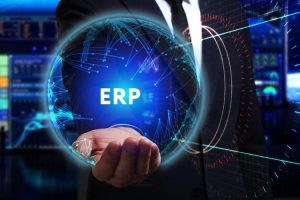The rise of China’s infrastructure industry is profoundly reshaping the global industrial landscape. In recent years, leading enterprises such as China Energy Construction and China Communications Construction have gradually expanded from focusing on the Middle East and African markets to 65 countries along the “Belt and Road” and high-end markets in Europe and America by undertaking landmark projects like the Jakarta-Bandung High-Speed Railway in Indonesia and the NEOM City in Saudi Arabia. However, with the continuous expansion of the international business map, the challenges faced by enterprises are becoming increasingly complex. According to the 2024 ENR Top 250 Global Contractors data, while Chinese companies’ international revenue accounts for 25.6%, 68% of the projects face the risk of double taxation, and 73% encounter cultural conflicts.

Institutional Barriers
In terms of institutional barriers, Southeast Asian countries generally set upper limits on foreign equity stakes (for example, Malaysia requires that foreign ownership not exceed 30%), while many African countries implement differentiated labor laws (for example, Nigeria has a regional fluctuation system for the minimum wage standard of construction workers). Supply chain management has become a major pain point. For example, in the case of the copper and cobalt mining project in the Democratic Republic of the Congo, its steel structure components need to go through re-export trade in 11 countries, involving 37 different customs clearance regulations. In the field of human resources, the China-Laos Railway project was once fined 12 million U.S. dollars for not meeting the requirement of a 40% local employment ratio.
SAP ERP as a Solution
In response to the above challenges, SAP ERP, with its global digital platform capabilities, is becoming a powerful tool for infrastructure companies to break through barriers when going global. In the full lifecycle management of projects, its intelligent progress dashboard can synchronize holiday data from over 200 countries in real time and automatically warn of construction risks during Ramadan in Islamic countries such as Djibouti. In terms of cost control, the system’s built-in dynamic exchange rate engine can update exchange rates for 150 currencies in real time. A central enterprise reduced its overseas procurement costs by 18% after applying this system. In the field of tax compliance, its AI-driven tax engine has covered tax treaties in 116 countries and successfully helped China Energy Construction avoid a 3.2 million U.S. dollar withholding tax risk in the Azerbaijan photovoltaic project.
New Infrastructure Investment Plan and Future Trends
It is worth noting that the new infrastructure investment plan for 2025 has clearly put forward the “smart infrastructure” strategy, which requires overseas projects to achieve deep integration of ERP and BIM systems. An ERP upgrade project for an international engineering group implemented by Shanghai DaCe showed that by building a digital twin platform, the efficiency of project design change response was increased by 40%, and the cross-time-zone collaborative meeting system reduced communication costs by 35%. With the full implementation of the RCEP digital trade agreement, ERP systems with cross-border data platform capabilities are becoming a core requirement for infrastructure companies to obtain access to regional markets.
 2025-02-25
|Industry News
2025-02-25
|Industry News
